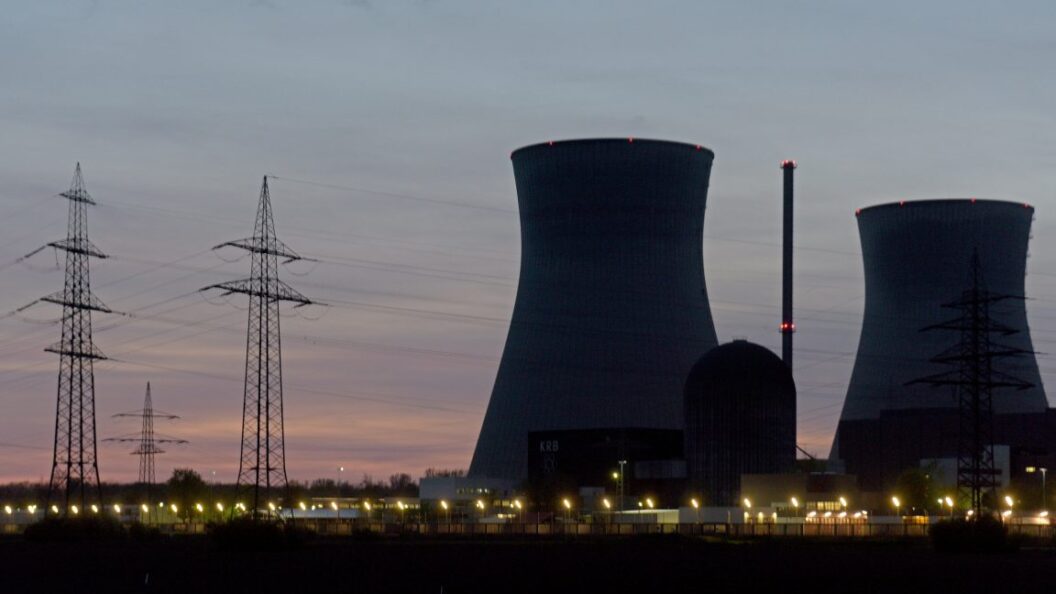Nuclear Energy Under Scrutiny: The Trump Administration’s Approach
Introduction to the Nuclear Energy Landscape
The Trump administration’s strategy to boost nuclear energy in the United States has drawn significant attention, especially as it seeks to achieve this through executive orders. However, experts are raising concerns that this approach may lack the necessary funding and support to make a meaningful impact.
Funding Cuts Raise Questions
According to Matt Bowen, a nuclear energy expert at Columbia University’s Center on Global Energy Policy, the administration’s initial budget signals a serious reduction in financial support for the Department of Energy. The budget proposal suggests a $4.7 billion cut overall, which includes a $408 million reduction to the Office of Nuclear Energy designated for nuclear research in the 2026 fiscal year. Bowen remarked, “The administration was proposing cuts to the Office of Nuclear Energy… How do you do more with less? Less staff, less money.”
Regulatory Challenges and Potential Reforms
In addressing the stagnation in the nuclear sector, the Trump administration has criticized the Nuclear Regulatory Commission (NRC) for its lengthy licensing and recertification processes, which reportedly cost the industry millions. The executive orders proposed by Trump aim to reorganize the NRC by streamlining approval processes that can often extend for years. Charles Forsberg, a nuclear chemical engineer at MIT, acknowledged the need for efficiency, stating that the NRC has been “very, very, very slow” in its operations.
However, there are rising concerns that the executive orders may undermine the NRC’s independence. Expert Lyman expressed that the intent behind the orders is problematic: “Every word in those orders is of concern… essentially nullifying [the NRC’s] original purpose.”
Impact on Safety and Oversight
The reduction in resources and staff might also compromise the NRC’s ability to enforce safety standards. Bowen emphasized the danger of viewing regulation as the sole issue hindering nuclear energy’s growth, labeling this mindset as “both wrong and also really problematic.” As the administration pushes for deregulation, experts worry that safety protocols could be diminished, leading to potentially hazardous conditions.
The Future of Nuclear Energy
As the conversation surrounding nuclear energy continues, experts project a mixed outlook for the sector, particularly with small modular reactors (SMRs). Some, like Gehin, remain optimistic about the potential for rapid deployment, stating, “I think we’re going to accelerate… if we put our mindset to it.” However, skepticism persists regarding the financial viability of nuclear energy. Shirvan reflects a more pessimistic view, remarking, “I would say I am quite, I would say, on the pessimistic scale when it comes to the future of nuclear energy in the U.S.”
Conclusion: The Path Forward
The ongoing debate about nuclear energy’s role in America’s energy landscape highlights critical tensions between efficiency and safety, funding and ambition. As policymakers navigate these challenges, the outcome of the administration’s strategies will not only shape the future of nuclear energy but also impact broader decarbonization efforts crucial for the country. The next few decades will ultimately determine whether nuclear can be positioned as a key player in a sustainable energy future.
In summary, while the intention to reinvigorate the nuclear energy sector is evident, the complexities surrounding regulation, funding cuts, and safety considerations suggest that achieving a “nuclear renaissance” in the U.S. may be significantly more challenging than anticipated.









